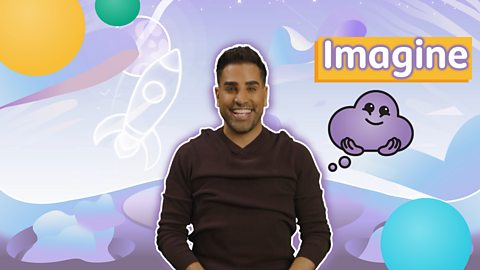BBC Moodboosters has teamed up with BBC Children in Need for this ambitious new initiative to inspire primary school age children around the UK to get moving and learning about their mental health and wellbeing.
Famous faces from across the BBC and beyond including Dr Ranj Singh, Amy Dowden, Ade Adepitan MBE and Oti Mabuse, lead videos to inspire children to boost their mood, feel good, and use movement to help them understand their emotions and manage feelings.
The short, simple and fun dedicated educational resources, inspirational videos and activities are available for free at bbc.co.uk/moodboosters.
Each Moodboosters activity promotes wellbeing and supports learning, whilst helping children develop key resilience skills.
Moodboosters has also worked in partnership with children's mental health charity stormbreak, to create classroom activities that use physical movement to be fun, enjoyable and give a sense of wellbeing.
Take a look below at some of the videos.
Watch a short clip introducing Moodboosters and find out about some of the ways the fun activities can benefit primary school aged children
MC Hype. video
Oti Mabuse becomes MC Hype in this fun activity that aims to get children off their feet to help combat feelings of tiredness and fatigue.

Balance and Be. video
Olympian Bethany Shriever guides children using visualisation techniques to experiment how changing thoughts can affect our balance, mentally and physically.
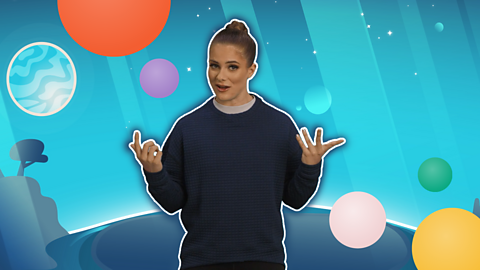
Wave of Thanks. video
TV presenter and medical doctor Dr Ranj uses the gesture of waving to spread thanks in this Moodboosters activity for primary school children.

Moodboosters provide teachers with interactive classroom activities thatcan be used throughout the school day
Support the PSHE curriculum for 5 - 11 year-olds
Give children the tools and language to help them manage theirfeelings and learn emotional and social skills
Curriculum-linked videos along with a teacher guide to support using Moodboosters in lessons
No extra equipment is required!
Watch highlights from Moodboosters
Several studies have shown a significant decline in the mental health of children across the UK and increased demands on children’s mental health services, and a need to support children with their mental health and wellbeing.
Evidence supports that movement can be used for teaching emotional literacy skills, helping to enable and empower children to recognise and manage their feelings.
When children and young people look after their mental health and develop their coping skills it can help them to boost their resilience, self-esteem and confidence. It can also help them learn to manage their emotions, feel calm, and engage positively with the school day.
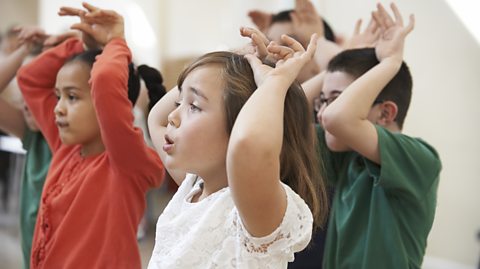
We know learning doesn’t stop at the classroom door, so in coming months we’ll offer parents, carers and families bespoke activities and videos designed specifically for use at home to get children and grown-ups moving together in their living rooms.
Curriculum links: Moodboosters classroom resources can be used for teaching primary school pupils age 5 -11 PSHE in England, Health and Wellbeing in Wales and Scotland, and PDMU in Northern Ireland, and to support with Ofsted, Estyn and Education Scotland requirements.
Teacher's guide
Curriculum-linked ideas and tips about how you can use Moodboosters with your class during the school day.
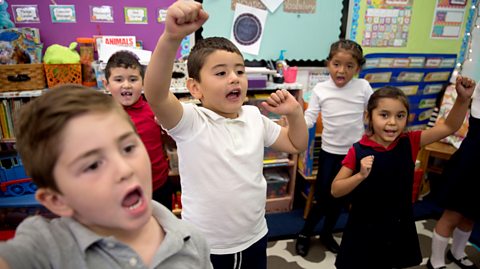
Watch again - our live launch. video
Watch highlights as children from around the nations join together for a big mood-boosting moment.
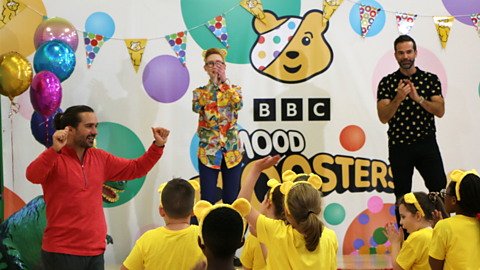
Boost. collection
Energetic, movement-based activities promoting self-confidence in children by encouraging them to use movement and positive thinking to build self-esteem.

Recharge. collection
Activities to help children become aware of the importance of self-care, whilst building resilience and recognising what makes them special.
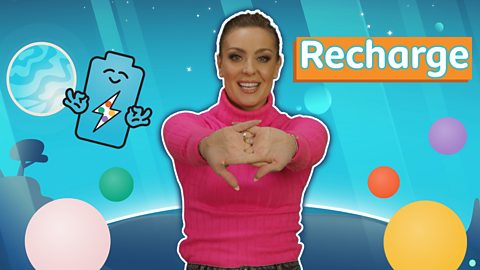
Connect. collection
Fun, movement-based activities for children centring on relationships and how to recognise emotions in others through empathy.

Imagine. collection
Learning activities to promote creativity and optimism in children whilst encouraging them to use their imagination to envision their goals and aspirations.
